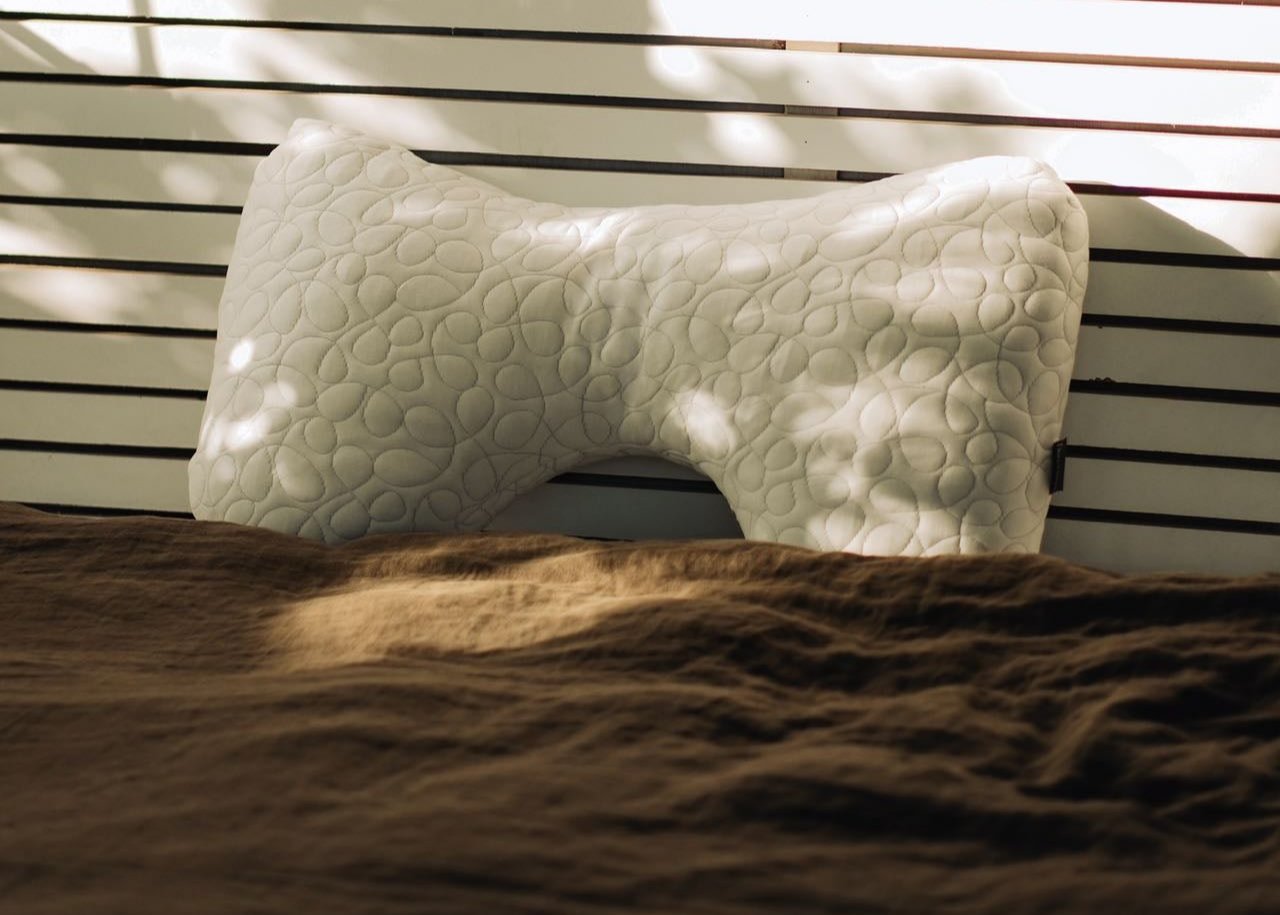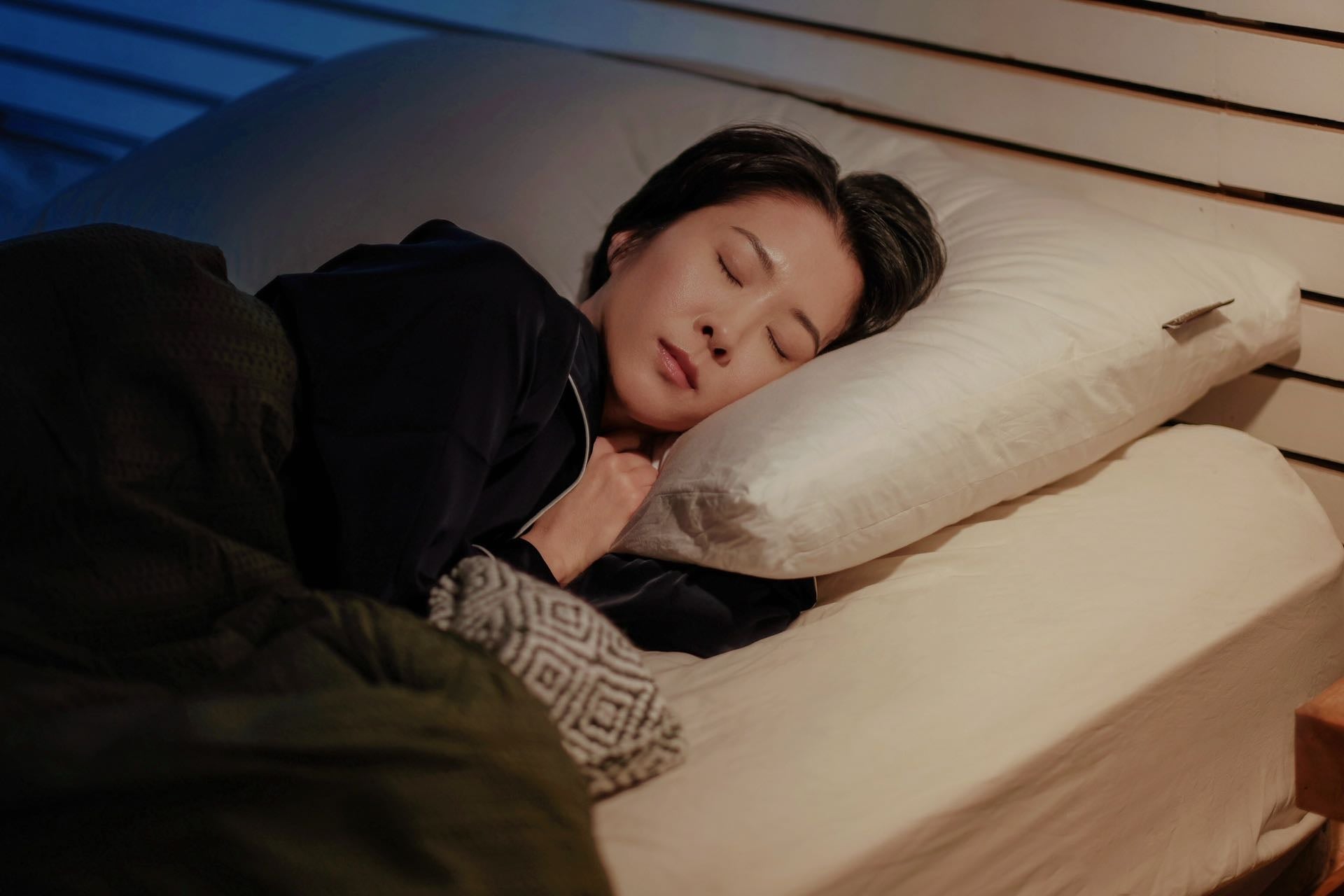"The Higher, the Better"? Why an Overly High Pillow Can Wreck Your Neck
The phrase “sleeping on a high pillow brings peace” is often taken at face value. It evokes comfort, luxury, and the sense that more cushion equals better support. But from a spinal health perspective, this idea couldn’t be more misleading. In fact, consistently sleeping on a pillow that’s too high may be quietly damaging your cervical spine night after night.
What the Medical Literature Says
A growing body of clinical research suggests that excessive pillow height is directly correlated with abnormal cervical alignment. A study published in the Journal of Manipulative and Physiological Therapeutics found that improper pillow elevation can cause sustained neck flexion or extension during sleep—positions that are associated with increased intervertebral disc pressure, muscle tension, and reduced airway space.
Dr. H. Shirazi-Adl, a leading biomechanical researcher, further emphasizes that “even minor deviations from the neutral curvature of the cervical spine during sleep can, over time, contribute to chronic neck pain and sleep disturbances.”
Why This Matters for Everyday Sleepers
Most people don’t consciously choose a “high pillow”—they inherit one from a guest room, pick a thick foam model for its plushness, or stack two pillows out of habit. But what feels soft or substantial doesn’t necessarily mean it's anatomically sound.
When the head is elevated too far above the mattress, it forces the neck into a forward-flexed position. Over the course of a night, this disrupts muscle relaxation, puts strain on the cervical discs, and can lead to stiffness, fatigue, or even tingling in the shoulders and arms.
For side sleepers, an overly high pillow can push the head laterally, causing spinal misalignment. For back sleepers, it can compress the front of the neck, limiting airway efficiency and increasing the risk of sleep apnea symptoms.
A Smarter Approach: Adaptive Cervical Support
The solution isn’t to flatten your pillow entirely—but to ensure it conforms to the natural curvature of your cervical spine.
That’s the principle behind The Cervical Pillow by DonaHona. Designed in consultation with ergonomic specialists, this pillow features a dual-height contour that adapts to both back and side sleeping positions.
Its raised outer edges provide firm support for side sleepers, helping to bridge the gap between the shoulder and head. Meanwhile, the central dip cradles the neck gently for back sleepers, preserving the ideal cervical angle without excessive elevation.
Constructed from slow-rebound memory foam, the pillow maintains consistent structure through the night, offering resistance where needed and softness where appropriate. The outer cover, made from OEKO-TEX® certified materials, ensures breathability and hypoallergenic performance.
Final Thoughts: Support Isn’t About Size—It’s About Fit
When it comes to cervical support, more is not always better. The right pillow isn’t the tallest or the softest—it’s the one that maintains your neck’s neutral alignment while you sleep.
Whether you're waking up stiff or simply trying to prevent long-term strain, rethinking pillow height is a meaningful step toward better sleep and spine health.
To explore a scientifically designed solution, visit www.donahona.com/products/the-cervical-pillow.










Leave a comment
This site is protected by hCaptcha and the hCaptcha Privacy Policy and Terms of Service apply.